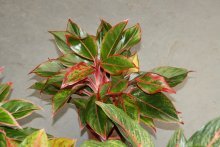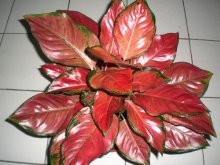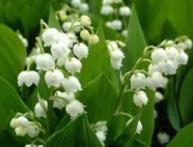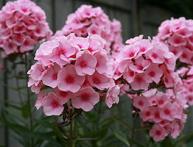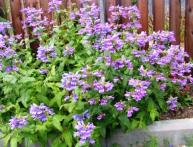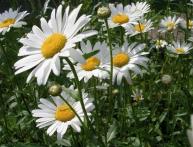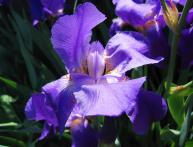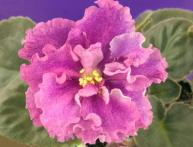Aglaonema red: growing and caring for the plant
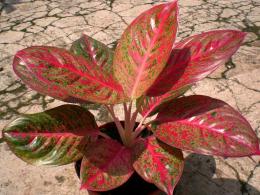
Aglaonema is very popular among gardeners and is famous for its variety of varieties. This plant has an attractive appearance thanks to its leaves, which can have different shades and patterns. Aglaonema grows well at home, however, it is necessary to create the necessary conditions for this.
Content:
- Description of the plant
- Features of growing at home
- Recommendations for plant care
- Benefits and Applications
Description of the plant
Aglaonema red is an ornamental foliage plant of the Araceae family. The stem is erect, short. The leaves of the plant are leathery with entire edges and have an oblong-lanceolate shape. The foliage color can be red, pink or beetroot. It can reach 30 cm in height.
The length of the leaf is in the range of 10-15 cm. There are bright pink stripes along the veins of each leaf and along the edges.
The inflorescence is a spadix framed by a greenish-white veil. There are various varieties red aglaonemas, which are distinguished by a variety of colors. The plant is easy to care for, so it is recommended to create the necessary conditions for it to enjoy the beautiful leaves and flowers of aglaonema.
Features of growing at home
Under natural conditions, reproduction occurs by self-seeding or by lateral root shoots. At home, the easiest way to propagate is by dividing the bush.In spring, during planting, the bush should be separated for the purpose of propagation. It is necessary to carefully examine the rhizome.
On the side you can see small shoots with several leaves. They need to be carefully cut off with a knife and disembark into the ground. If you propagate aglaonema by cuttings, then use cuttings from the apical part. The cuttings should have 2-3 internodes. They are lightly pressed into sandy-peaty soil.
The container should be placed in a warm and well-lit place. Within a few weeks, young shoots will appear. For good growth and development of the plant, you need to prepare a well-permeable substrate. You will need leaf soil - 3 parts, humus and charcoal - 0.5 parts, peat and sand - 1 part each. You should not forget about the drainage layer. You need to take a wide pot and choose a larger volume of dishes each time.
Recommendations for plant care
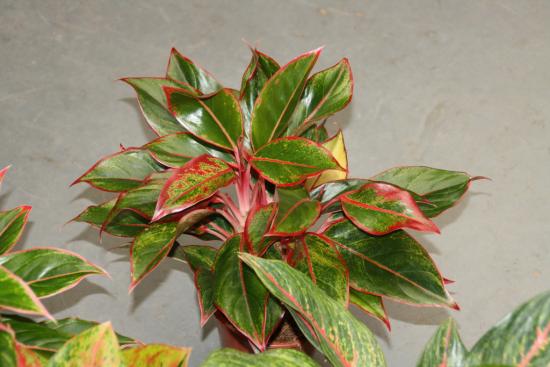
Aglaonema should be placed in a shaded area. The air temperature in the room should be 20-25 degrees in summer and 16-18 in winter. It is important to avoid drafts.
It is necessary to water abundantly in the summer, but in winter watering is reduced. The plant grows well in a room with humid air. It is recommended to spray the leaves with a spray bottle. For watering, use soft and warm water. Aglaonema needs feeding in the spring. For this purpose, mineral and organic fertilizers are used.
Autumn-winter time is a dormant period for the plant. Should be regularly water, but do not feed. After transplantation, the flower grows slowly, adding about 5-6 leaves per year. Pruning must be done already in the third year of life, as they stretch out, which affects the decorative effect.
It is necessary to replant the plant once a year, and it is recommended to monitor the condition of the plant. If the leaves begin to dry at the edges and new ones grow in the middle, then this is a clear sign of replanting. Also, if there is stagnation after watering, then aglaonema needs to be replanted. Caring for the plant is not difficult and even a novice gardener can cope if you follow the specified care recommendations.
Benefits and Applications
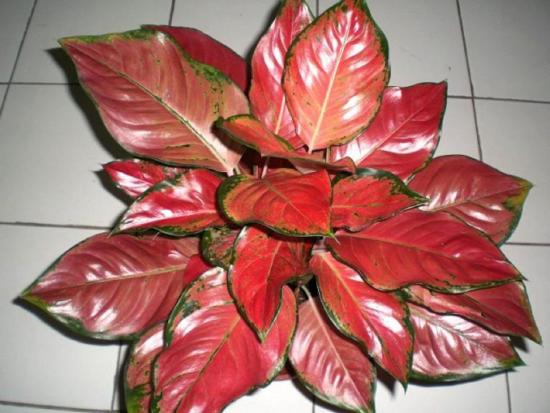
Aglaonema secretes biologically active substances - phytoncides. They purify the air from harmful substances and pathogens. The plant also produces aeroins, which increase performance, improve well-being and help cope with depression.
However, Aglaonema is poisonous plant. If juice remains on your hands when working with a plant, you must wash your hands thoroughly. All manipulations with poisonous plants should be performed with gloves.
If you eat a few leaves of the plant, poisoning may occur. This should be remembered if there are pets in the house. Especially dangerous are the fruits of aglonema, which are also poisonous. The plant must be placed in a place where children will not have access.
Video about the aglaonema plant:

